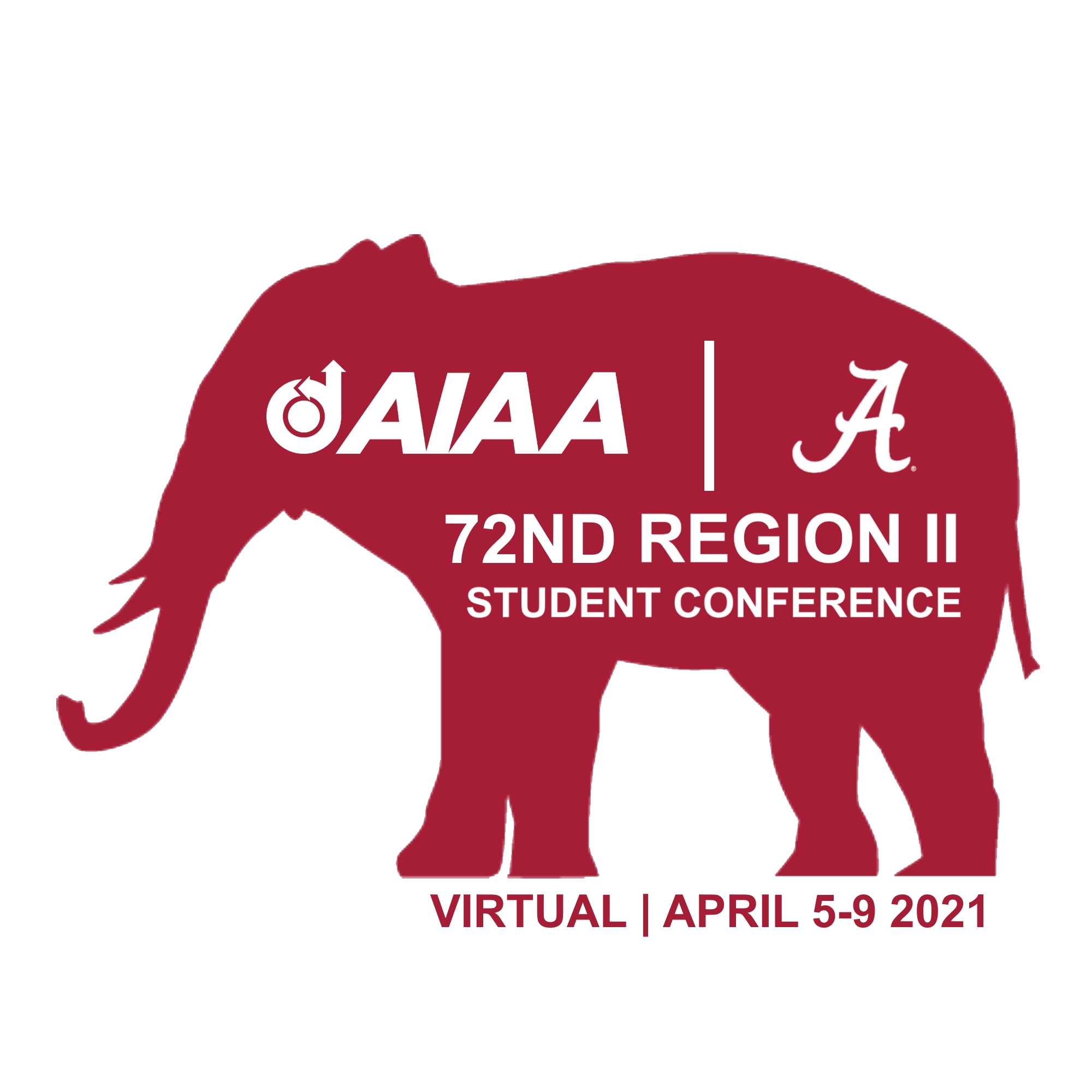Document Type
Paper
Abstract
The design of an airfoil section is a critical part of the performance of a lifting surface. Historically, airfoil designs have evolved based on the Reynolds number which encompasses the scale and the fluid momentum effects on airfoil behavior. From insect flight at low Reynolds numbers to supersonic jets at high Reynolds numbers, this review highlights the varying airfoil designs that maximize performance of the lifting surface. As humans move towards the exploration of planets using rotary winged vehicles, airfoil designs must accommodate for unexplored flow environments. Designs are discussed for compressible ultra-low Reynolds number flows in the Martian environment and Reynolds number flows several times higher than on Earth in the dense Titan atmosphere. The process for design and optimization of airfoils involves both computational and experimental approaches. The performance of future air vehicles depends on the ability to design airfoils for an expanding range of environments.
Effect of Varying Reynolds Number On The Aerodynamic Design of Lifting Surfaces
The design of an airfoil section is a critical part of the performance of a lifting surface. Historically, airfoil designs have evolved based on the Reynolds number which encompasses the scale and the fluid momentum effects on airfoil behavior. From insect flight at low Reynolds numbers to supersonic jets at high Reynolds numbers, this review highlights the varying airfoil designs that maximize performance of the lifting surface. As humans move towards the exploration of planets using rotary winged vehicles, airfoil designs must accommodate for unexplored flow environments. Designs are discussed for compressible ultra-low Reynolds number flows in the Martian environment and Reynolds number flows several times higher than on Earth in the dense Titan atmosphere. The process for design and optimization of airfoils involves both computational and experimental approaches. The performance of future air vehicles depends on the ability to design airfoils for an expanding range of environments.


